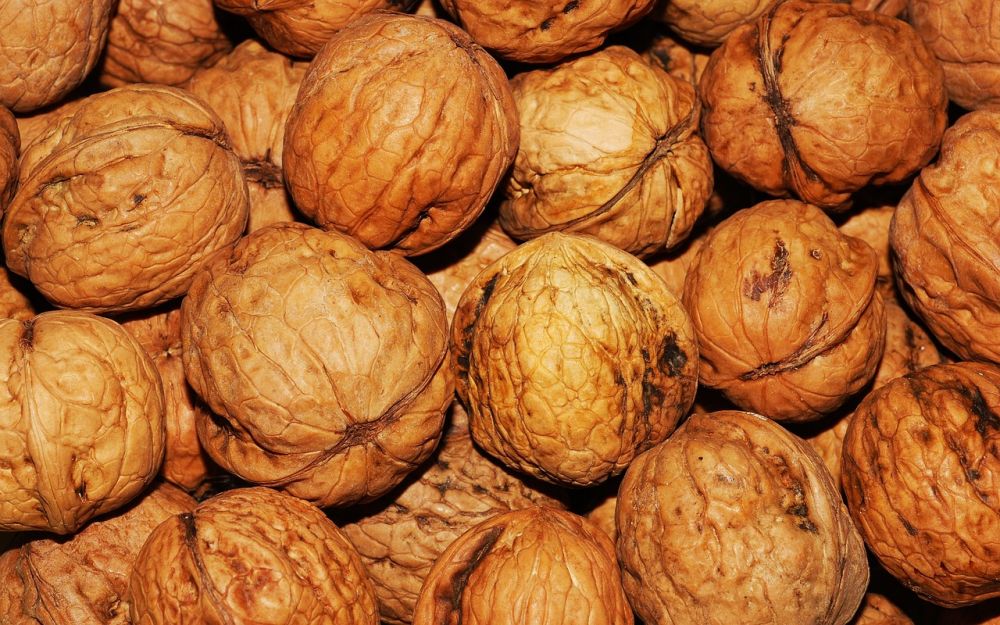Raw Food Diet: A Comprehensive Guide to Optimal Health

Introduction: Unveiling the Power of Raw Food Diet
In recent years, there has been a surge in interest surrounding the raw food diet a lifestyle choice embraced by health enthusiasts and culinary adventurers alike. By consuming unprocessed, plant-based foods in their natural state, adherents to this diet believe that they unlock a myriad of health benefits. In this article, we delve into the world of raw food diet, exploring its types, popularity, and quantifiable measurements. We also discuss the differences between various raw food diets and provide a historical overview of their pros and cons. Join us on this fascinating journey as we uncover the secrets to a healthier and vibrant life.
1. What is Raw Food Diet and Its Various Types

The raw food diet revolves around the fundamental principle of consuming uncooked and unprocessed foods. It emphasizes the consumption of fruits, vegetables, nuts, seeds, and sprouted grains in their natural state. While there are variations within the raw food diet, the most common types include:
a) Raw Vegan Diet: This type of raw food diet excludes any animal products and focuses solely on plant-based foods. It promotes eating raw fruits, vegetables, nuts, and seeds, while avoiding dairy, meat, and fish.
b) Raw Vegetarian Diet: Similar to the raw vegan diet, the raw vegetarian diet includes some animal products like raw milk, raw honey, and raw eggs, in addition to the plant-based foods.
c) Raw Omnivorous Diet: This type of diet encompasses both plant-based foods and raw animal products, such as raw milk, raw meat, and raw eggs.
2. The Popularity of Raw Food Diet
Raw food diet has gained significant popularity in recent years, with numerous celebrities and health influencers advocating its benefits. The rise of social media platforms has also contributed to its widespread recognition. The diet’s emphasis on natural and unprocessed foods resonates with individuals seeking to improve their health, lose weight, and increase their energy levels. Additionally, the diet’s environmental sustainability and ethical considerations have attracted those concerned about animal welfare and the planet’s well-being.
3. Quantitative Measurements of Raw Food Diet
Several quantitative measurements have been associated with the raw food diet, shedding light on its impact on healt
a) Nutrient Density: Raw foods, particularly fruits and vegetables, are rich in essential vitamins, minerals, and antioxidants. Studies have shown that consuming a diet high in raw foods can provide a greater concentration of these vital nutrients, potentially reducing the risk of chronic diseases.
b) Enzyme Activity: Raw foods contain naturally occurring enzymes that aid in digestion and nutrient absorption. Proponents of the raw food diet argue that consuming raw foods preserves these enzymes, optimizing digestive health and overall well-being.
c) Fiber Intake: Raw food diets often include a significant amount of fiber, which promotes healthy digestion, supports weight management, and reduces the risk of cardiovascular diseases and certain types of cancers.
4. Differentiating Between Raw Food Diets
While the raw food diet shares the core principle of consuming uncooked and unprocessed foods, various subcategories set them apart. These differences primarily stem from the inclusion or exclusion of animal products, as well as individual preferences and beliefs. Understanding these distinctions is crucial for determining the most suitable raw food diet for each person’s specific needs and goals.
5. A Historical Review of Pros and Cons
Throughout history, raw food diets have garnered both praise and criticism. On one hand, raw food diets are praised for their potential to enhance overall health, boost energy levels, and facilitate weight loss. Raw foods are often lower in calories, saturated fats, and processed sugars, making them an attractive alternative for individuals aiming to adopt a healthier lifestyle.
On the other hand, concerns have been raised about potential nutrient deficiencies, particularly regarding essential fats, vitamin B12, and protein intake. Critics argue that the strict nature of some raw food diets may limit food choices and lead to inadequate nutrition, especially for certain population groups such as children, pregnant women, or individuals with specific medical conditions.
Conclusion: Embracing the Raw Food Diet for Optimal Wellness
The raw food diet offers a pathway to achieving optimal health by nourishing the body with wholesome, unprocessed foods. Despite some critiques, its popularity demonstrates the allure and potential benefits of adopting a more natural approach to nourishment. Whether one chooses a raw vegan, raw vegetarian, or raw omnivorous diet, embracing the raw food lifestyle can lead to renewed vitality, improved well-being, and a deeper connection to the earth’s abundance. Discover the power of raw food and embark on a journey towards a healthier and holistic life.
FAQ
What is the raw food diet?
What are the different types of raw food diets?
What are the potential advantages and disadvantages of the raw food diet?
Fler nyheter
Thaimassage Malmö – traditionell kunskap för moderna behov
Introduction: Unveiling the Power of Raw Food Diet In recent years, there has been a surge in interest surrounding the raw food diet a lifestyle choice embraced by health enthusiasts and culinary adventurers alike. By consuming unprocessed, plant-bas...
03 december 2025
Tandteknik: en kombination av konst och vetenskap
Introduction: Unveiling the Power of Raw Food Diet In recent years, there has been a surge in interest surrounding the raw food diet a lifestyle choice embraced by health enthusiasts and culinary adventurers alike. By consuming unprocessed, plant-bas...
30 november 2025
Bästa sätten att göra hälsosamma drycker hemma
Introduction: Unveiling the Power of Raw Food Diet In recent years, there has been a surge in interest surrounding the raw food diet a lifestyle choice embraced by health enthusiasts and culinary adventurers alike. By consuming unprocessed, plant-bas...
24 november 2025
Så här ger du din partner utrymme utan att förlora kontakten
Introduction: Unveiling the Power of Raw Food Diet In recent years, there has been a surge in interest surrounding the raw food diet a lifestyle choice embraced by health enthusiasts and culinary adventurers alike. By consuming unprocessed, plant-bas...
20 november 2025











